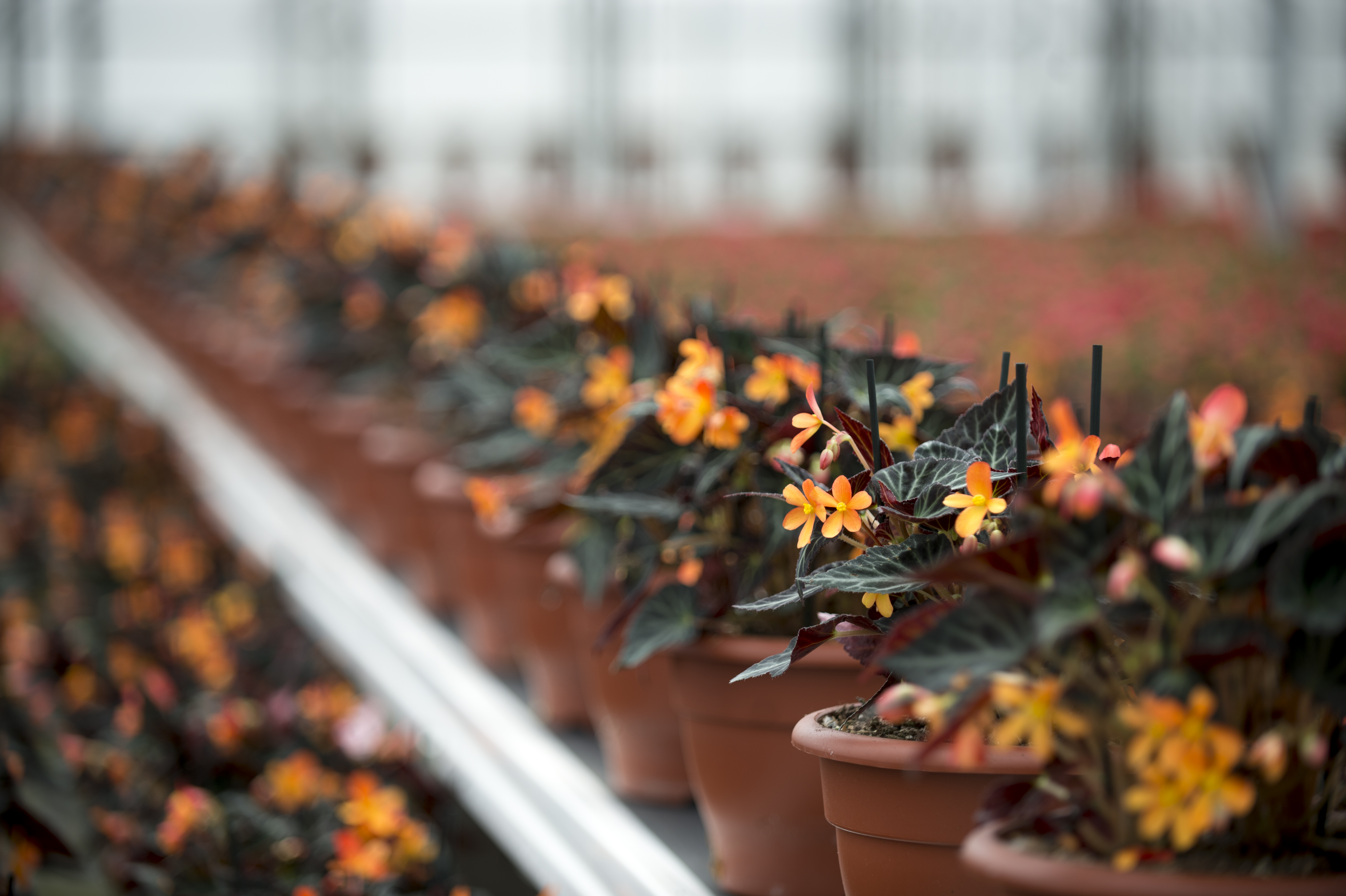
GMA History

History of Growing Media and Soil Improvers
Plants have been grown in containers from Victorian times but large-scale raising of plants in containers or modules only really started in the 1950s.
Young plants for commercial vegetable, salad, fruit and flower growers are now commonly raised in modules or blocks, as are amenity plants for gardeners and landscapers. Early growing media in the UK were based on the ‘John Innes’ mixes developed in the 1930s. These were mixes made from blends of ‘loam’ (composted grass turves), peat and sand.
In the 1970s ‘lightweight’ mixes based on peat took over the market as good quality peat was readily available from Northern England, Somerset and Ireland. After this time the popularity of gardening and the advent of garden centres caused a huge increase in the use of growing media as more and more plants were sold in containers. The amateur gardening market accounts for more than two thirds of sales of growing media in the UK.
Peat used in growing media in the UK now comes from many different countries in addition to more local sources in the UK and Ireland. We import peat from the Baltic States and Finland, particularly for use in growing media for professional growers.
Peat
Peat is an ideal base for growing media as it has good air and water holding capacity and contains few nutrients so fertilisers can be added to suit the plants to be grown. Peat is formed from the partially decomposed residue of plants, such as moss, which accumulates in certain high rainfall environments, mostly in Northern Europe, the Baltic area and Canada. There are many types of peat, depending on its age, the geology of the area, the conditions it formed under and the species of plant in the bog. It has many uses, including a major one as a fuel for generating power. The UK government has a commitment to reduce the use of peat to protect bio-diversity and within horticulture there is a continuing effort to use other, more renewable, materials in addition to peat in our growing media. Members of the GMA have been at the forefront of such work.
Other materials used in growing media
Bark from coniferous trees is widely used in growing media blends in the UK. It can help to improve drainage if the correct grade is used. Other by-products of the forestry industry, such as brash from the forest floor and wood-fibre (manufactured by exposing wood chips to steam at high pressure) are also becoming more commonly used. Compost produced from green waste (such as brushwood, grass clippings and hedge cuttings) is being investigated as a potential component of growing media by some growing media manufacturers. Only the very highest quality compost is suitable and its weight and high nutrient content limit the amount that can be used in a growing medium. Specialist growing media may also contain other materials such as coconut fibre dust (‘coir’), perlite or grit.
Soil Improvers
The use of proprietary soil improvers by gardeners and landscapers has increased as we seek to enhance the environment around our houses and urban areas. Peat has been used for this purpose but other materials such as bark, green compost, spent mushroom compost and manure-based products have largely replaced it. The use of surface mulches, mostly bark, has increased dramatically over the last 30 years, they look attractive, help to reduce the need for herbicides to control weeds and conserve soil moisture.

